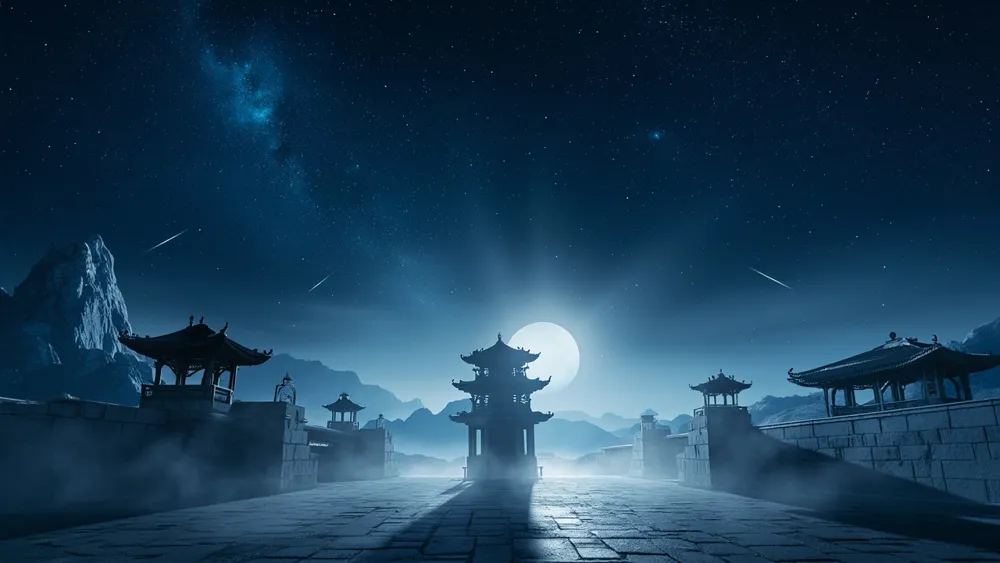First Images from Vera C. Rubin Observatory Released

The unveiling of the first celestial image from the Vera C. Rubin Observatory marks a significant milestone in astronomy and space exploration. This state-of-the-art telescope, located in Chile, promises to revolutionize our understanding of the universe by capturing extensive data and images over the next decade. Its ability to detect previously unseen asteroids and potentially uncover a ninth planet in our solar system is not just a scientific breakthrough but also holds essential implications for planetary defense and the broader quest to understand our cosmic neighborhood. At the heart of the Vera C. Rubin Observatory is the world's most powerful digital camera, designed to capture incredibly sharp and broad images of the night sky. The telescope utilizes a unique three-mirror design, which allows light to be gathered efficiently and effectively, producing high-quality images. For context, the camera captures an image every 40 seconds, with each image containing 3,200 megapixels—67 times the resolution of an iPhone 16 Pro camera. This immense data collection capability will enable the observatory to survey the same regions of the sky repeatedly, tracking transient events, mapping the Milky Way, and identifying asteroids in close proximity to Earth. The observatory's capacity to analyze approximately 10 million alerts each night means it can rapidly inform scientists about changes in the sky, providing invaluable insights into our universe's workings.
A practical example of this telescope's potential can be seen in its initial operation, where it detected over 2,100 new asteroids in just ten hours. Typically, ground and space surveys collectively identify about 20,000 asteroids annually; hence, the Vera Rubin's output is unprecedented. This capability could significantly enhance our understanding of asteroid paths, thereby informing potential impact threats to Earth. Moreover, the observatory’s insights extend to phenomena like dark matter, a mysterious substance that constitutes most of the universe's mass. By capturing detailed images of distant galaxies, the Rubin Observatory aims to provide data that could unravel these cosmic mysteries. A thought-provoking question arises: what unforeseen discoveries could emerge from the continuous scanning of our night sky for the next ten years? This underscores the notion that, while we seek to answer specific scientific queries, every exploration can lead to unexpected revelations.
Read These Next

One Third of Siemens IT Budget to Focus on DeepSeek Investment
Siemens CTO announced at Davos Forum 1/3 of next year's IT budget will go to DeepSeek, enhancing data management and efficiency.

Xiaomi's YU7 Car Launch Sparks Competition Among Automakers
Xiaomi's YU7 EV launches June 26, with support from Li Auto and XPeng, highlighting collaboration in the growing EV market.

Li Guoqing Exits Shares; Impact on Yu Yu's Affiliates Analyzed
Li Guoqing has withdrawn as a 27.5% shareholder of Beijing Dangdang Kewen, highlighting shifts in China's e-commerce and tech governance.
